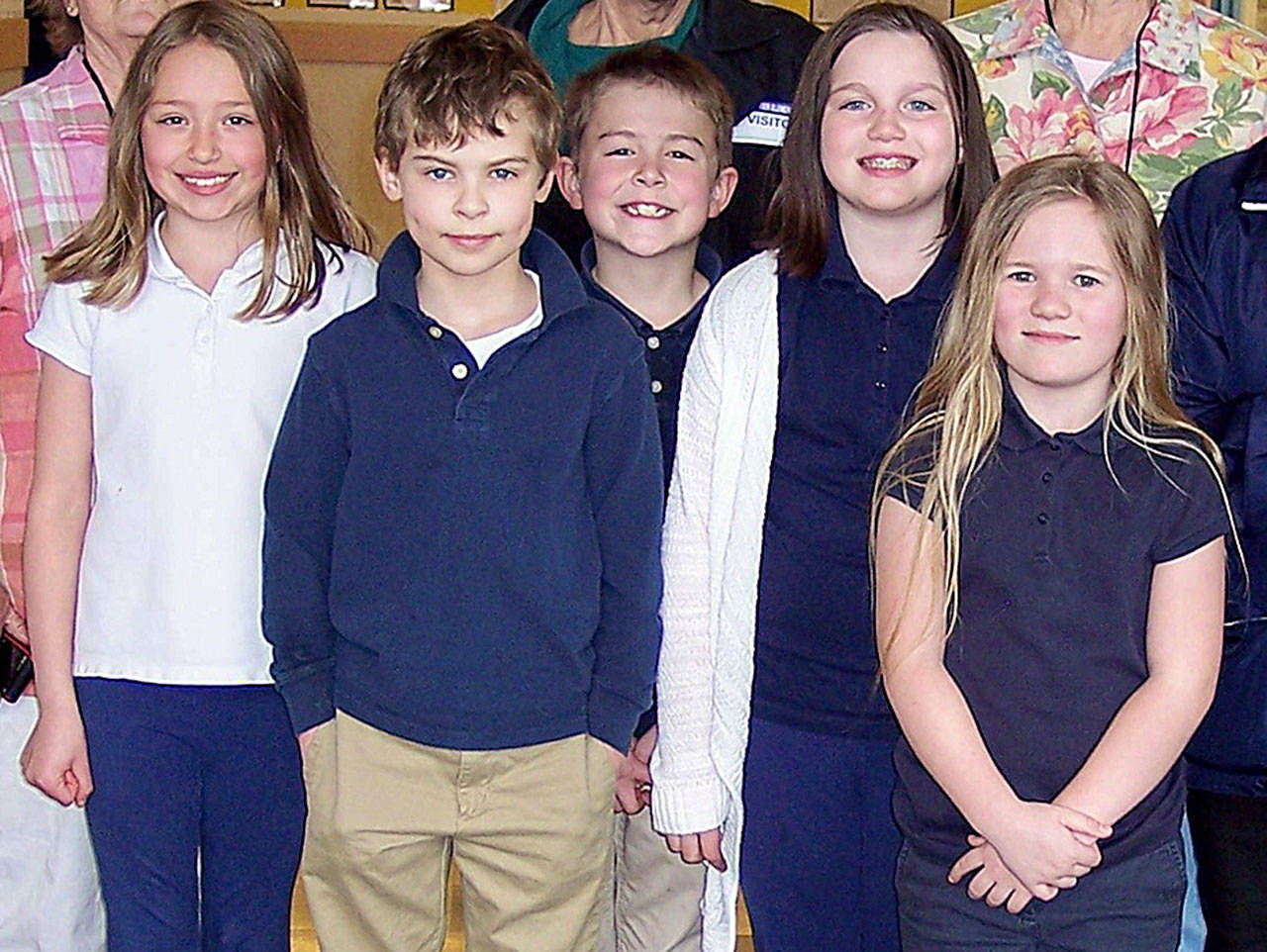By The Herald Editorial Board
Back-to-school shopping could be less complicated for parents and students at two more Everett School District elementaries as the first day of school approaches.
That may not mean it’s less contentious, at least for families whose students will attend the district’s newest elementary school, Tambark Creek Elementary in Bothell.
Since the mid-1990s, Whittier Elementary in north Everett has required its Kindergarten through fifth-grade students to wear a school uniform, asking parents to select from a list of specific clothing, such as navy blue or khaki pants, capris, shorts and skirts and navy blue or white shirts and sweaters, among others.
Earlier this spring, school district officials announced that Whittier’s neighbor, Hawthorne Elementary, would also require a similar uniform, following a successful campaign to raise at least $30,000 to provide financial aid to help families with the clothing purchases for the uniforms. Hawthorne is among schools in the district with the highest percentage of students qualifying for free-and-reduced meals, often used as a measure of family income levels for specific schools.
But a similar policy also has been proposed for Tambark, which opens for the first time this September and has drawn its 600 students from three nearby elementaries in Mill Creek and Bothell. Tambark’s new principal, Celia O’Connor-Weaver, who is leaving as Hawthorne’s principal, is bringing the uniform requirement with her to the new school.
But the decision to require uniforms at Tambark, while it may have support from many parents, also has upset others, resulting in an online petition that now has more than 200 names on it, reportedly parents who want the uniform policy suspended for the school year.
O’Connor-Weaver told The Herald’s Ian Davis-Leonard this week she understands there are some parents opposed to her decision but said the school would open with kids in uniform.
With more than 20 years of custom, Whittier’s uniform policy has become part of its culture, and the benefits perceived there were seen as easily transferred to Hawthorne and now Tambark. District officials have cited an increase in student self-esteem, school pride and a reduction in the class distinctions that clothing can create among students of different income levels.
The debate for and against school uniforms has grown as the percentage of public schools in the nation that have adopted uniforms has increased. As of the 2015-16 school year about 21 percent of public schools required uniforms, with the greatest number among elementary schools.
Even with the increase in schools turning to uniforms, there hasn’t been overwhelming data — one way or the other — about their advantages in improving outcomes for student achievement, attendance, behavior or emotional well-being. Studies have touted results finding improvements, only to be contradicted elsewhere.
A 2015 article by Todd DeMitchell, professor of education at the University of New Hampshire, and published by The Conversation, noted that some studies had shown a reduction in the incidence of misbehavior, while others reported an increase in student suspensions. Others showed no change. And a study of 64 public high schools in Ohio in 2006 concluded that uniforms were key in improving attendance, graduation and suspension rates. But an earlier study, notes an article on GreatSchools.org, found no positive correlation between uniforms and school safety.
Also deserving of closer scrutiny is the argument that uniforms interfere with students’ ability to express themselves. If it’s individuality and self-expression that need encouragement, is fashion — such as a T-shirt with a Nike swoosh — the medium we want children to rely on? Or shouldn’t those skills be encouraged through writing, speech, arts and music?
We keep telling our kids it’s what’s inside that counts.
School district officials, in seeking to expand the uniform policy to Hawthorne and Tambark, haven’t over-promised as to what they expect from the change in apparel. The decision to require uniforms at Tambark, a district spokeswoman told The Herald, was to promote inclusivity and belonging, reduce distractions and provide a safe and orderly environment for learning.
As the opposition among some Tambark families may show, that reasoning may need some reinforcement among parents and students. Where Hawthorne parents appeared to have more notice and information on the change, many Tambark parents — already adjusting to a new school — seem to be learning only now of the uniform requirement, although the policy was announced at a Parent Teacher Student Association meeting in May for the new school.
Parents, school officials and teachers have a shared responsibility to communicate and should take advantage of planned open houses for Tambark next month, not only to talk about the uniform policy but to establish stronger contacts among themselves throughout the coming school years.
Regardless of what they’re wearing, Tambark Creek’s students deserve to be excited about starting a new school year in a new school.
Talk to us
> Give us your news tips.
> Send us a letter to the editor.
> More Herald contact information.

























